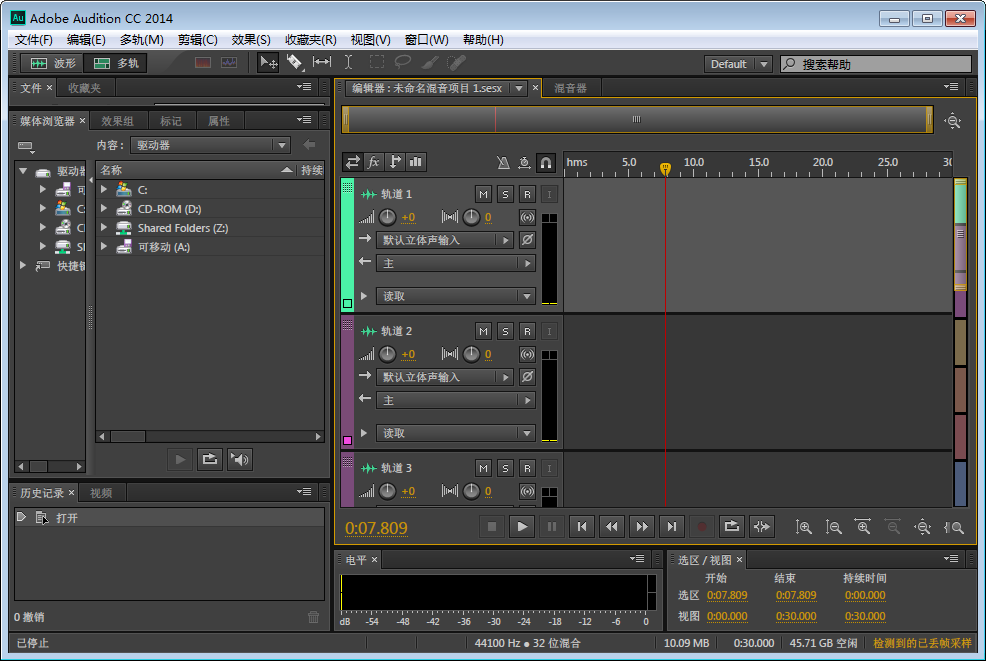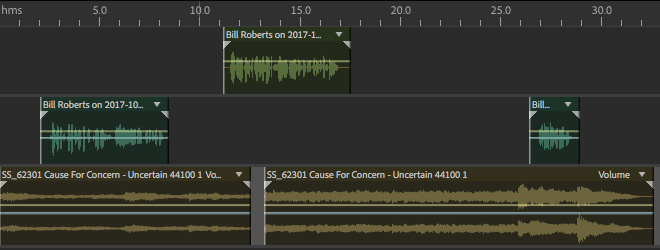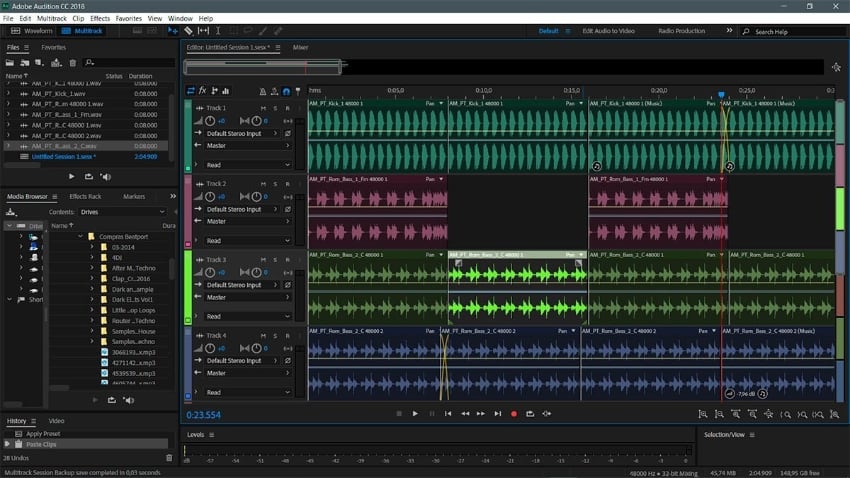

You then choose the Paintbrush Selection tool and simply “paint” over the offending portions of the sound (the brush size is adjustable for going after things like small overtones). A ringing phone can be seen as a series of dashes, with each representing a brief tone within the ring. If it has a predictable wave like a siren, it’s pretty easy to spot. To use it, switch on the spectral frequency display, zoom in on the waveform, and look for your unwelcome sound. That’s where the Sound Remover tool comes in. When a phone rings unexpectedly or a siren sounds in the distance while you’re recording a podcast, you’ll find it quite useful.Īudition has long included tools for removing constant noise-such as an air conditioner or a hum in the audio line-but notching out these unpredictable noises is a much tougher task. If you’ve ever tried to remove an unanticipated sound from an otherwise clean track, you’ll be very happy with the new Sound Remover tool. However, 32-bit Audio Units plug-ins are not compatible. This program makes it possible to run 32-bit VST plug-ins in a 64-bit host.

Those with 32-bit VST (Virtual Studio Technology) effects can continue to use them thanks to a €9.90 (about $13) application called jBridge. The CS6 version took 3 minutes and 38 seconds, while the CC version did the job in 3 minutes and 12 seconds. For instance, on my dual 2.26GHz Quad-Core Xeon Mac Pro, I bounced three effects-laden tracks of a 25-minute podcast to a single track in both Audition CS6 and Audition CC. Before discussing the financial model, let’s turn to features.Īudition is now a 64-bit application, which, in some cases, translates into speedier operation. It’s now a better audio editor however, its target audience may look at alternatives solely because of Adobe’s subscription-only model.


With Audition CC, Adobe has largely finished feature restoration (save for MIDI support) and instead focuses on adding new audio restoration and manipulation tools, and tweaking the interface to make the application easier to use. The result was a very fine audio editor aimed at sound designers, radio producers, audio and video editors, and podcasters. With Audition CS6, Adobe busied itself adding back features that were available to Windows users in Audition 3.


 0 kommentar(er)
0 kommentar(er)
